Similar presentations:
Theoretical phonetics of the english language
1.
THEORETICAL PHONETICS OF THEENGLISH LANGUAGE
Novosibirsk State Technical University
Olga G. Shevchenko, PhD, Foreign Languages
Department, Faculty of Humanities
2.
Theoretical Phonetics of theEnglish language
ELECTRONIC COURSE IN
DISPLACE# 3355
HTTPS://DISPACE.EDU.NSTU.RU
/DIDESK/COURSE/SHOW/3355
3.
TOPIC 1PHONETICS
AS A SCIENTIFIC
DISCIPLINE
4.
OUTLINE1. PHONETICS
AS
A
BRANCH
OF
LINGUISTICS, ITS SUBJECT AND
CONSTITUENTS
OF
THE
SOUND
STRUCTURE OF THE LANGUAGE.
2. BRANCHES OF PHONETICS.
3. CONNECTIONS
SCIENCES.
WITH
OTHER
5.
What this course coversDo you know?
What are blends, overlapping?
What is external / internal open juncture?
How to make the difference between my turn / might
earn?
How to divide the word into syllables?
Extra? [e-kstrə]
[ek-strə]
[ekst-rə]
[ekstr-ə]
[eks-trə]???
What’s the difference between broad and narrow
transcription?
What the difference between the stress and accent?
between the accent/ dialect/idiolect?
6.
The subject of Phonetics“Phonetics is the systematic study of the sounds of
speech, which is physical and directly observable.
Phonetics is sometimes seen as not properly linguistic,
because it is the outward, physical manifestation of the
main object of linguistic research, which is language
(not speech): and language is abstract” (Richard
Ogden, 2009).
7.
The subject of Phonetics(Borisova, 1980)
Phonetics is a branch of linguistics which studies
sounds in the broad sense, comprising segmental
sounds and prosodic phenomena (pitch, stress,
tempo, rhythm and pauses).
Phonetics occupies itself with the study of the ways
in which the sounds are organized in the system of
units and variations of these units in all styles of
spoken language.
It also studies the acoustic properties of sound
production and the sound phenomena that reveal the
individual peculiarities of the speaker.
8.
The subject of Phonetics… phonetics is the science that “studies the
sound system of the language, that is segmental
phonemes, word stress, syllabic structure and
intonation” (Sokolova & others, 2004 : 6).
9.
The subject of PhoneticsPhonetics is more than descriptive; it is an
experimental science that has theories and models that
make testable predictions about the form of speech in
different communicative situations. It legitimately
addresses questions about how and why speech takes
the forms it does (PLIN2108/PLING216 Intermediate
Phonetics & Phonology).
10.
Phonetics as a scienceI.A. Baudouin de Courtenay – the first who
found the branch of Phonetics as separate branch of
linguistics;
Phonetics is more than 2000 years old;
Nowadays Phonetics is a branch of linguistics
that studies the whole sound system of language:
sounds, phonemes, allophones, the phonetic
phenomena; the syllabic structure, the distribution
of stress and intonation;
11.
Phonetic system of languageThe system of segmental phonemes
the system of phonemes as discrete isolated units;
the distribution of the allophones of the phonemes;
the methods of joining speech sounds together in
words and at their junctions, or the methods of
effecting VC, CV, CC, and VV transitions;
• The syllabic structure of words
syllable formation;
syllable division;
12.
Phonetic system of languageThe accentual structure of words
the physical nature of word stress;
the position of accent in words;
the degrees of word stress;
• The intonational structure of utterances
13.
intonationsuprasegmental
level
stress
syllables
segmental level
sounds
14.
to teach and learn how tospeak a foreign language
to form native speakers’
phonological awareness
to cope with individual
problems of pronunciation
in the native language
REASONS FOR
DEVELOPING
PHONETICS AS A
SCIENCE
to create sound analyzing
and sound synthesizing
devices
to identify individuals by
voices in criminology
It is just interesting to investigate
the sounds because the sound is the
very beginning of oral speech in
any language.
15.
Speech chain(image by W. Murphey and A. Yeung).
16.
17.
DOMAINS IN WHICH PHONETICS INVESTIGATESSPEECH SOUNDS
18.
description ofhow
individual
sounds are
made
classification
of sounds on
articulatory
basis
description of
how sounds
interact in
speech
19.
Methods in articulatory phoneticsPalatography - helps to determine the interaction of
tongue and palate in production of speech sounds;
Laryngoscopy – examining the interior of the larynx
Photography - helps to trace the position and
movement of speech organs;
Cinematography
X-ray photography
X-ray cinematography
Electromyography – the graphical recording of the
electrical activity of contracting muscles;
The method of direct observation
20.
DOMAINS IN WHICH PHONETICS INVESTIGATESSPEECH SOUNDS
21.
the form inwhich sounds
exist between
mouth and ear
physical
properties of
sounds
acoustic
categorization
of sounds
22.
Methods of acoustic phoneticsSpectrograph – a device that records the frequencies of
a given sound and its relative amplitudes in the form of
spectrograms;
Oscilograph – for indicating and recording alternating
sound vibrations of any frequencies (sound waves) and
their changing in time
Intonograph – measures the fundamental tones of the
vocal cords, the average sound pressure, the duration of
speech;
Kymograph – (used until 1960s) graphically recorded
motion or pressure of speech sounds and their qualitative
variations in the form of tracing on smoked paper;
23.
DOMAINS IN WHICH PHONETICS INVESTIGATESSPEECH SOUNDS
24.
mechanismsof sound
perception
mechanisms
of sound
interpretation
connection
between
articulation
and hearing
25.
Methods of investigating in PhoneticsObjective / instrumental methods – applied in
experimental phonetics based on facts obtained with
the help of different laboratory equipment or devices
and instruments;
Subjective / perceptive methods – applied in
articulatory phonetics which are influenced by
personal opinion; The methods of direct
observation comprise three modes of phonetic
analyses: by ear (auditory), by sight (visual) and by
muscular sensation.
26.
DOMAINS IN WHICH PHONETICS INVESTIGATESSPEECH SOUNDS
27.
establishmentof the sound
system of a
language
identification
of irrelevant
characteristics
of sounds
selection of the sounds
which perform the
discriminatory
function in a language
28.
Branches of PhoneticsGeneral phonetics (общая фонетика) – analyses,
describes and compares phonetic phenomena as common
to all languages;
Synchronic / descriptive phonetics
( синхронная, описательная) – investigates phonetic
units at a single stage in language development to discover
the sound patterns that can occur;
Diachronic / historical phonetics ( диахроническая /
историческая) – examines and constructs theories about
the changes and modifications in speech sounds over a
period of time;
29.
Branches of PhoneticsExperimental phonetics – studies the material
level, i.e. how the message formed in the speaker’s
mind is further transmitted along the nervous
system to the speech organs; how it is articulated by
the speaker, and perceived by the listener;
30.
The place of Phonetics in Linguisticdisciplines
The sub-disciplines of Linguistics
Syntax
Semantics Pragmatics Morphology
Sociolinguistics
Phonology
Phonetics
31.
Connection with other sciencesConnection with grammar
Morphology
1) the differences in pronunciation of morpheme -ed after voiced and voiceless consonants in
past forms of verbs:
beg – begged, clog – clogged stop – stopped; knock – knocked
2) the differences in pronunciation of root consonants observed in singular and plural forms of
nouns:
leaf – leaves, house – houses, bath – baths
3) the vowel interchanges helping to distinguish the singular and plural forms of nouns and the
tense forms of irregular verbs:
nouns
verbs
basis
–
bases [si:z]
crisis –
crises [si:z]
thesis – theses [si:z]
32.
Connection with syntaxDifferent communicative types of sentences are
pronounced differently:
He 'went to his \office – a statement of fact.
He 'went to his /office – a question.
↓He went to his \/office – an implication (surprise,
correction).
33.
Connection with syntaxThe sense of sentence depends upon the
intonation of it:
I have plans to ˋleave (a speaker is going to leave).
I have ˋplans to leave (a speaker must leave his plans
not cards).
34.
Connection with syntaxProsodic means are responsible for dividing
the sentence into syntagms:
Those who sold ˇquickly| made a ˎprofit (Прибыл
была получена теми, кто быстро продавал).
Those who ˇsold| quickly made a ˎprofit (Прибыль
была быстро получена теми, кто продавал).
35.
Connection with lexicologynouns – verbs
adjectives – verbs
an 'accent – to ac'cent
a 'desert – to de'sert
an 'object – to ob'ject
'separate – to sepa'rate
row [rau] – row [rəu]
'predicate – to predi'cate lead [li:d] – lead [led]
graduate – to graduate
wind [wInd] – wind
[waInd].
A 'moving-͵van – фургон для перевозки мебели
A 'moving 'van – любой фургон
homographs
36.
Connection with stylisticsspeed of delivery helps to differentiate formal and
informal styles;
intonation helps to distinguish various types of
utterances;
He 'went to his \office – a statement of fact.
He 'went to his /office – a question.
↓He went to his \/office – an implication (surprise, correction).
Parallelism
– the repetition of sounds: rhyme,
alliteration and assonance;
37.
Connection with dialectologyStudy the peculiarities of intonation of
people with different dialects and regional
pronunciation;
38.
Connection with other non-linguistic sciencesConnection with sociolinguistics – new branch of
phonetics – sociophonetics – study of the
pronunciation of people of different age, profession
and national identity;
Connection with anatomy and physiology –
study of organs of speech;
Connection with acoustics – study of the physical
properties of sound;
Connection with psychology – study what happens
in brains at the moment of speaking;
39.
PhonostylisticsA branch of linguistic stylistics which studies the
functioning of various phonetic means in a particular
speech situation influenced by a number of
extralinguistic factors;
40.
PhysiologyDeals with the functions and
activities of an organism or any of its
parts.
41.
PsycholinguisticsStudies the mental activities involved in the
perception, production and acquisition of
language,
combining
linguistics
and
psychology;
42.
SociolinguisticsStudies
the way phonetics, lexical and
grammatical aspects of language function in
society;
43.
SociophoneticsStudies
the interaction between
pronunciation and the social, natural
and regional groups of society;
44.
StylisticsThe study of the devices in a language
that produce expressive level;
45.
BIBLIOGRAPHY1. Леонтьева С.Ф. Теоретическая фонетика современного английского языка:
Учеб. для студентов педагогических вузов и университетов. – 3-е изд., испр. и
доп. – М.: Издательство „Менеджер”, 2002. – 336с.
2. Теоретическая фонетика английского языка / М.А. Соколова, И.С. Тихонова,
Р.М.Тихонова, Е.Л.Фрейдина. – Дубна: ФЕНИКС+, 2010. – 192с.
3. Gimson A.C., Crutenden A. An Introduction to the Pronunciation of English, 1994.
– 304p.
4. Jones D. The Pronunciation of English. – Cambridge: the Press Syndicate of the
University of Cambridge, 1909. -223p.
5. O’Connor J.D. Phonetics. – London: Penguin Books, 1973. – 320p.














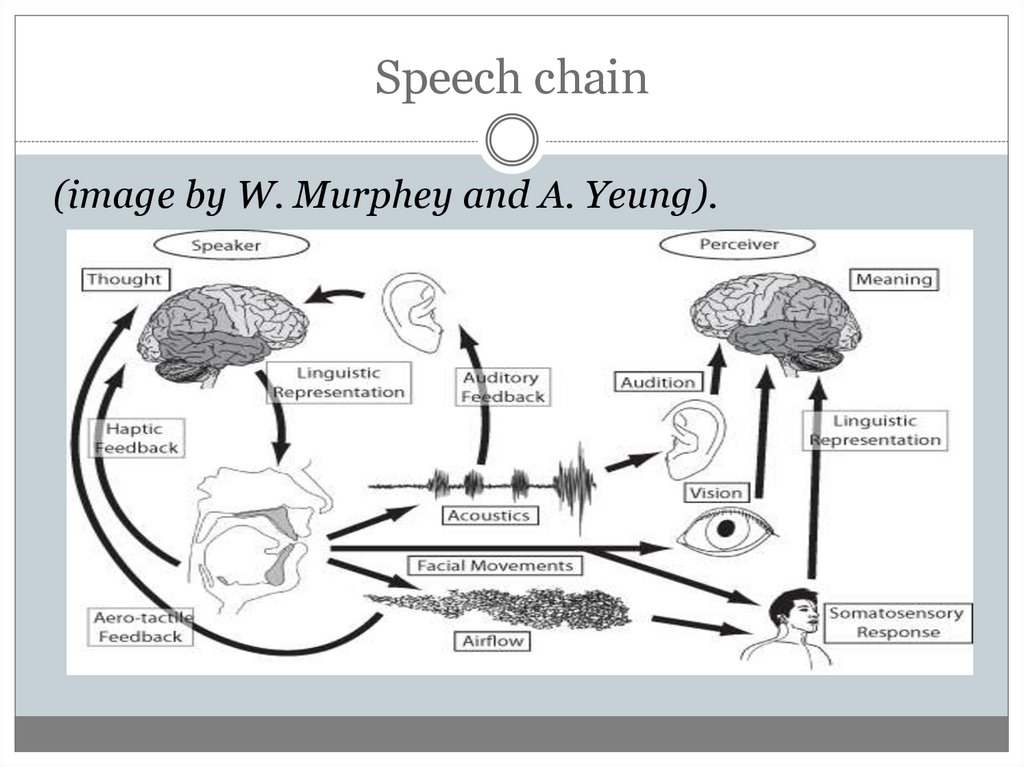
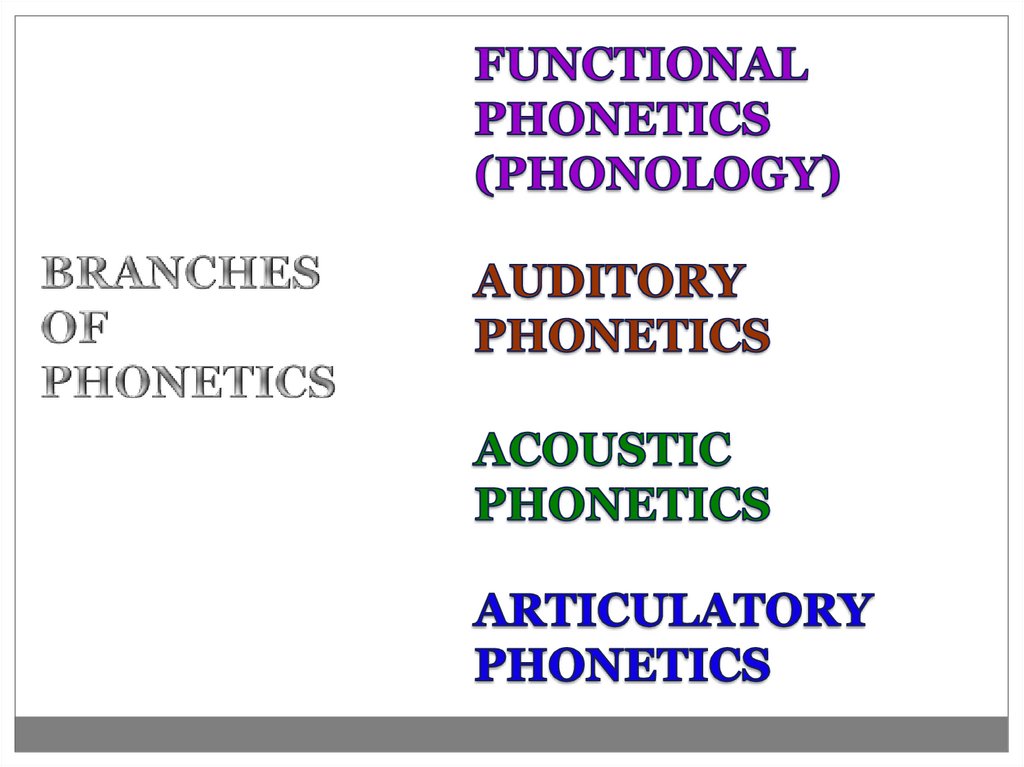

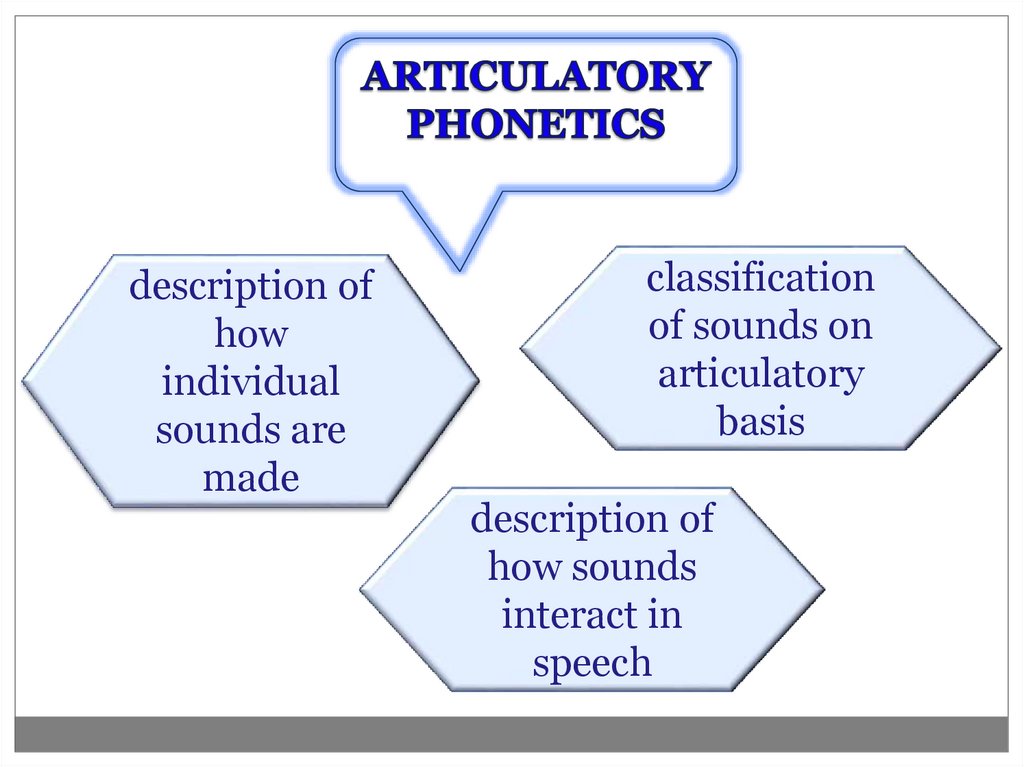
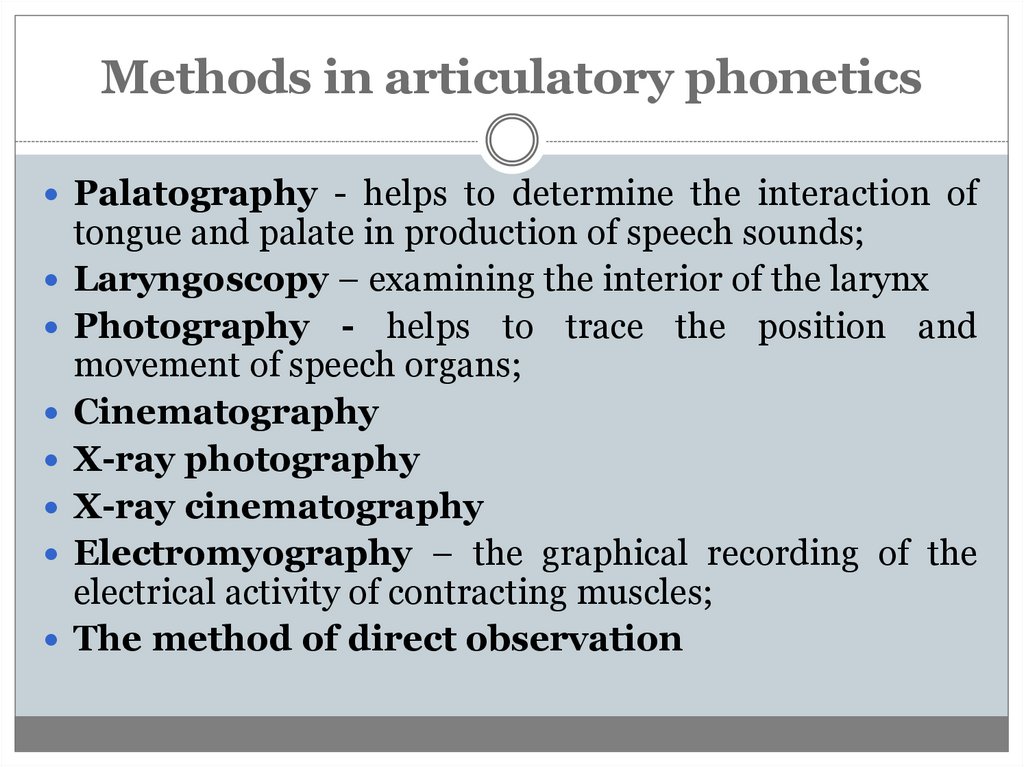
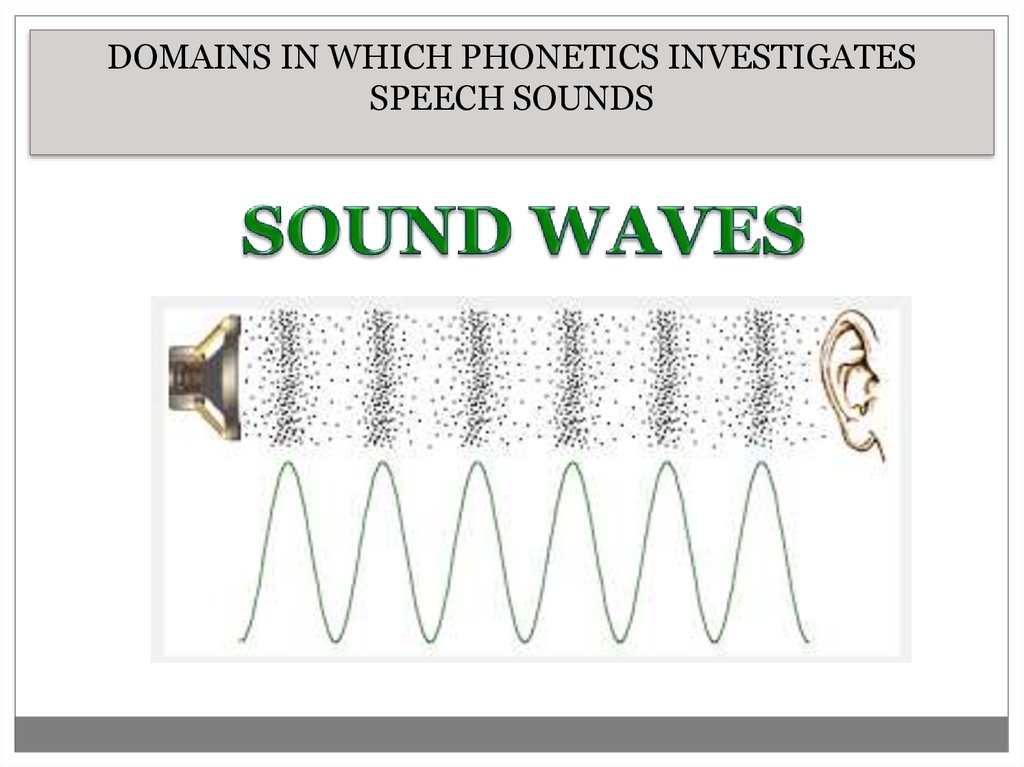

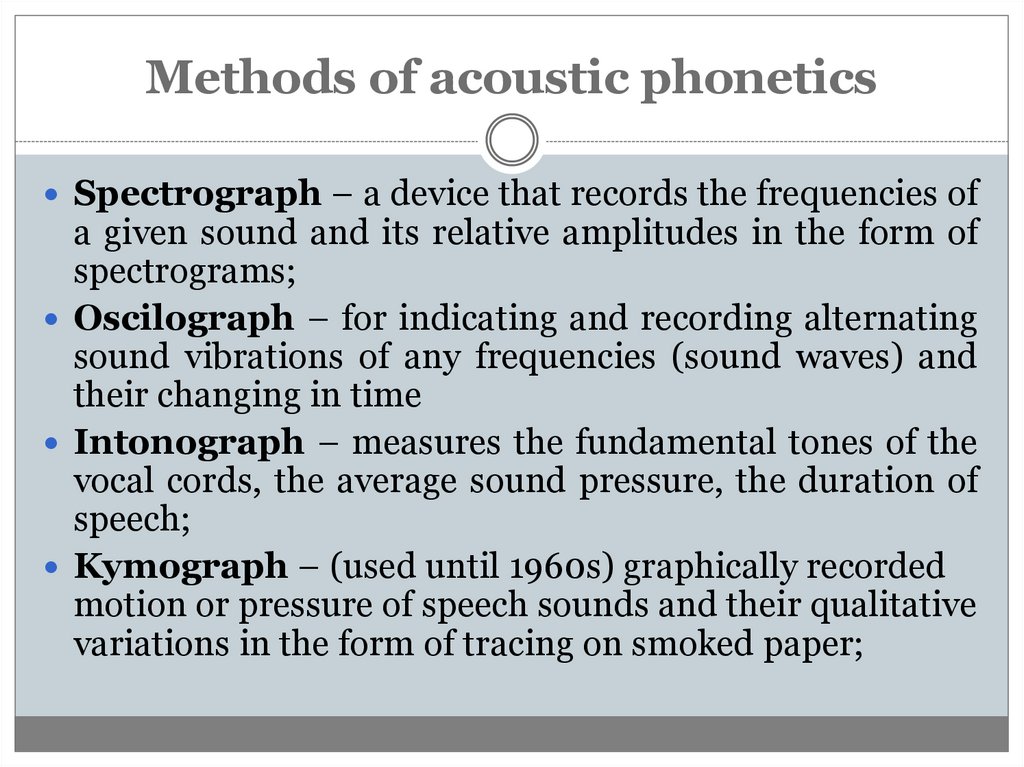
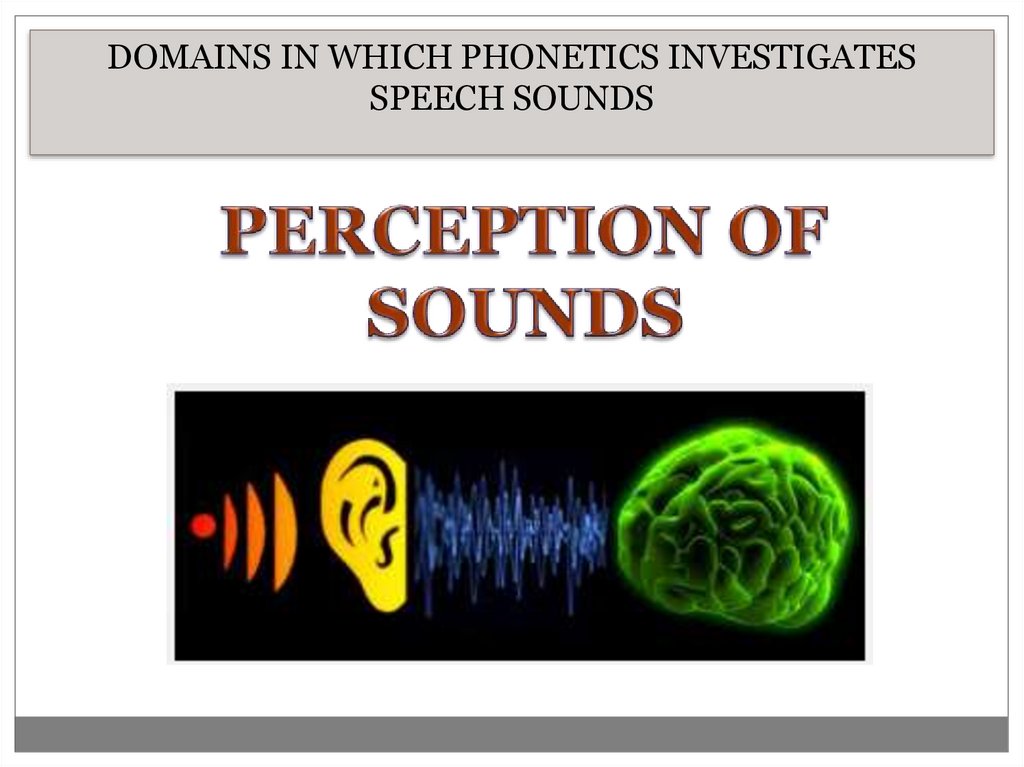
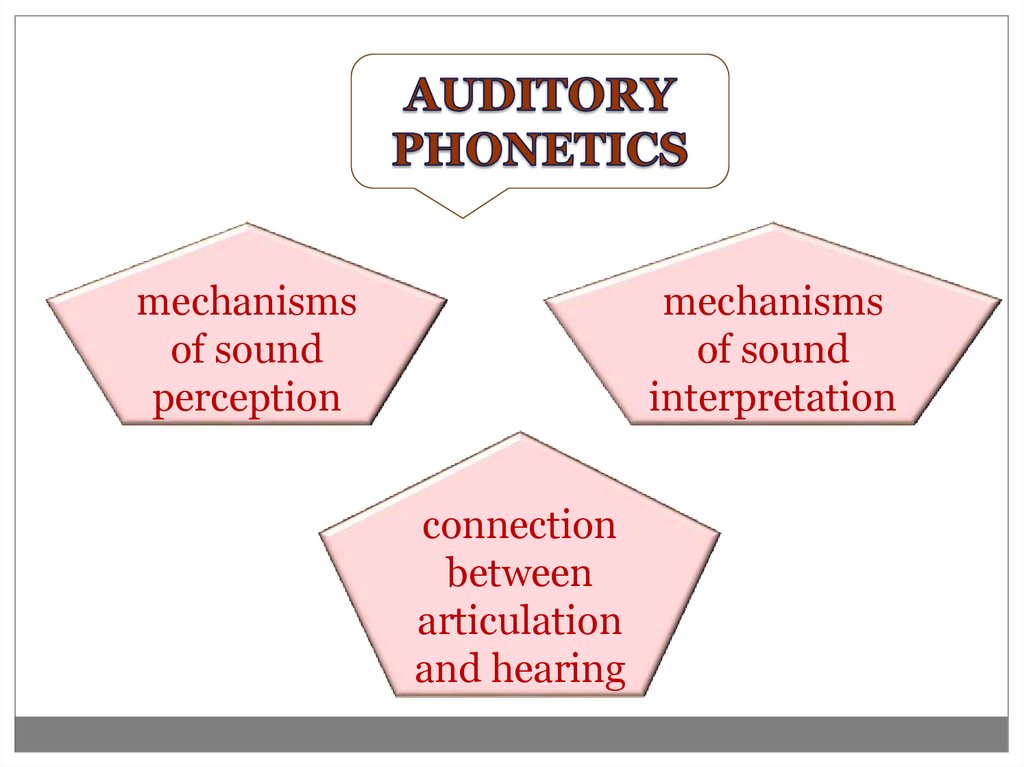
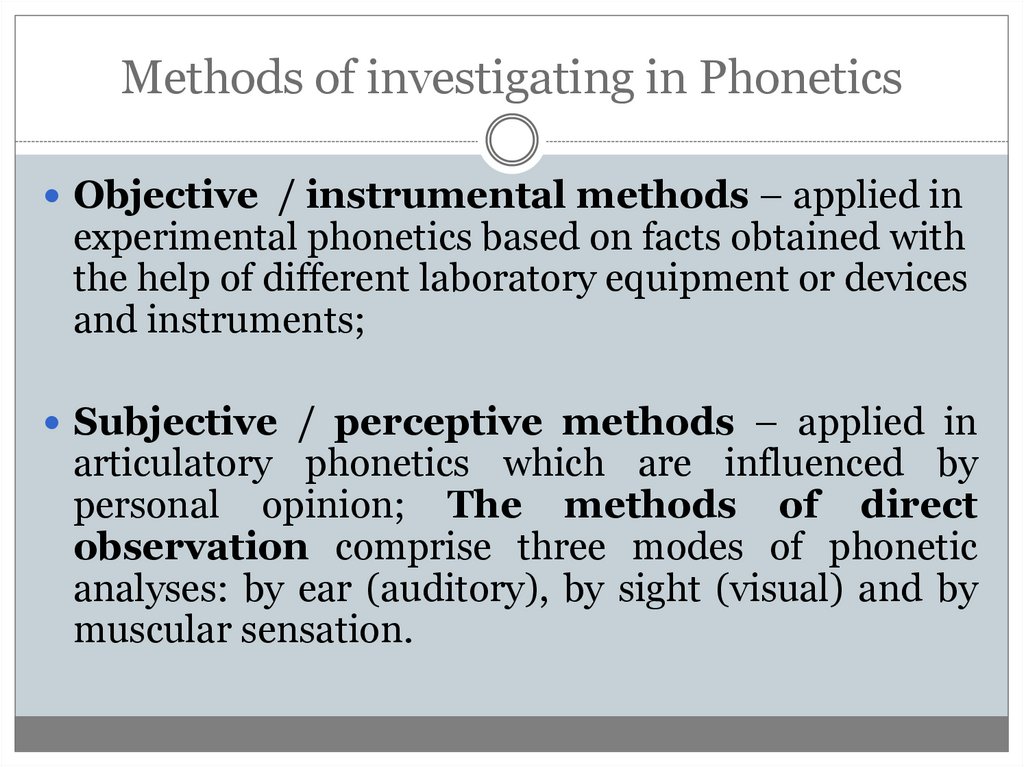
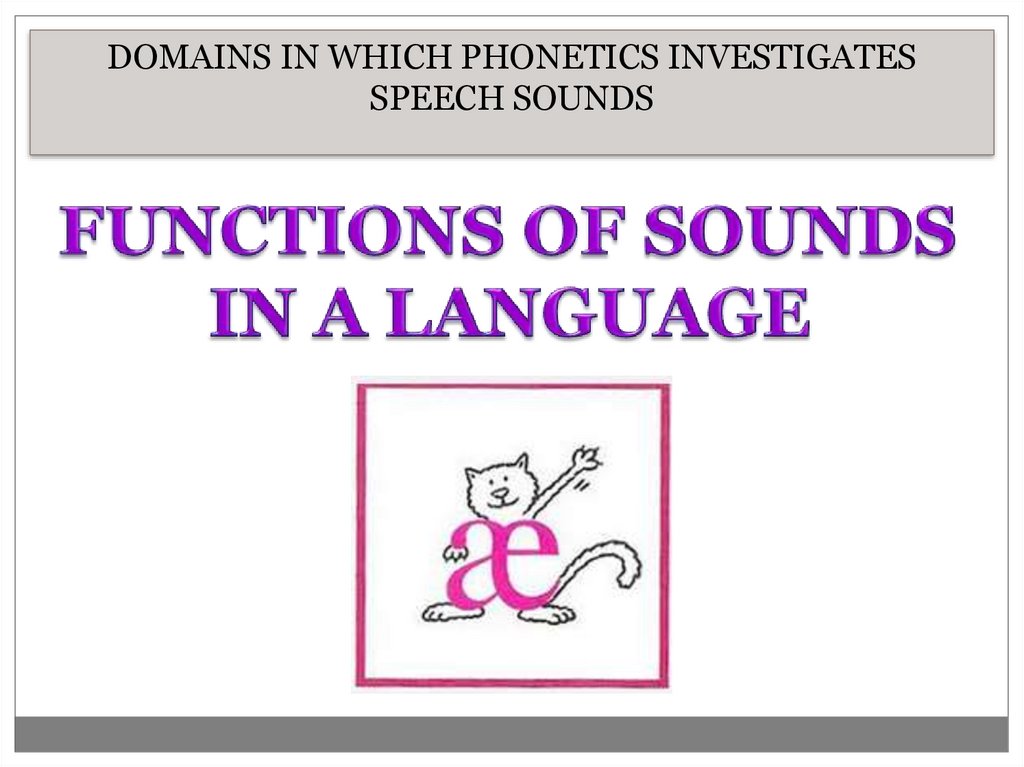
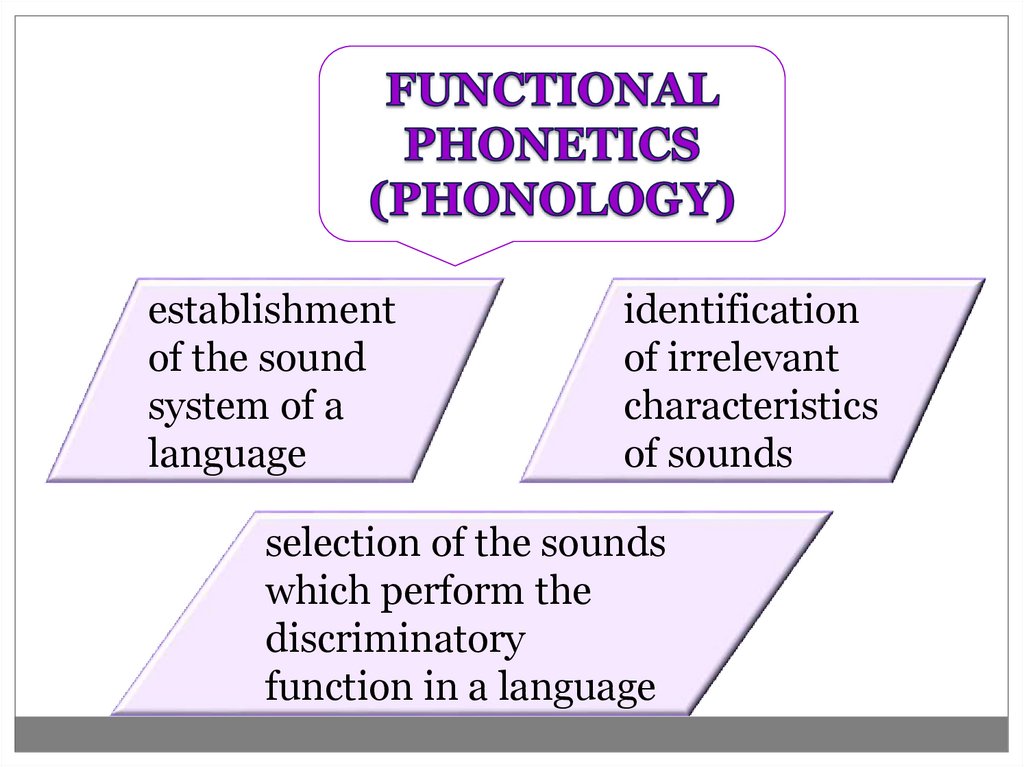
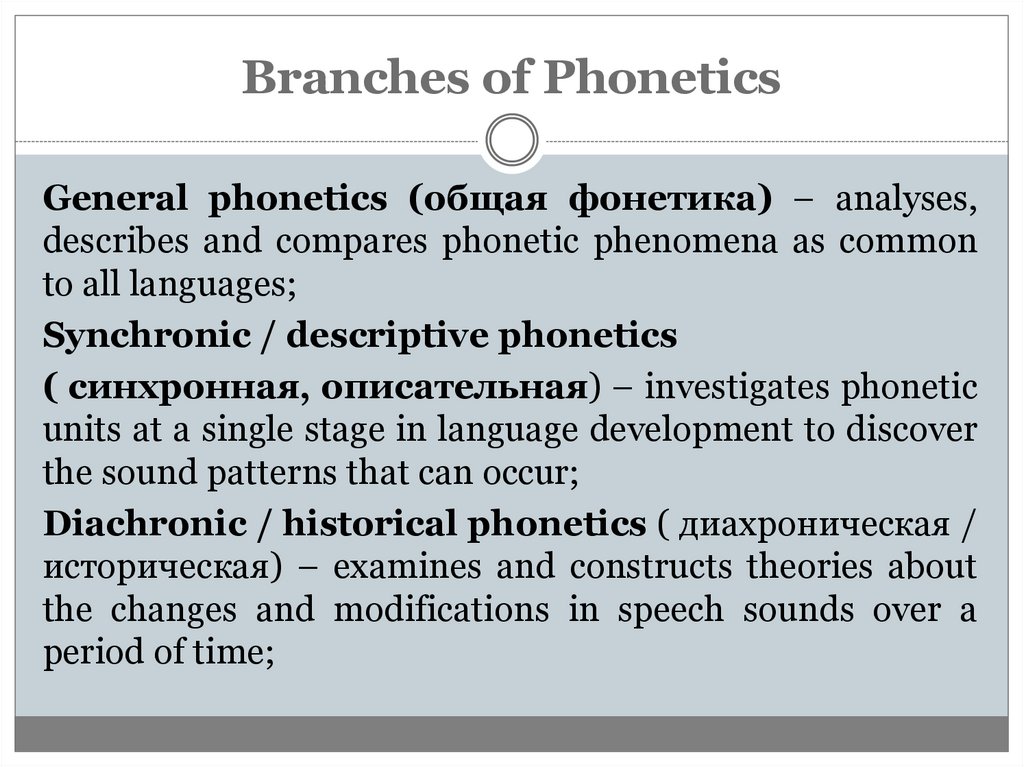
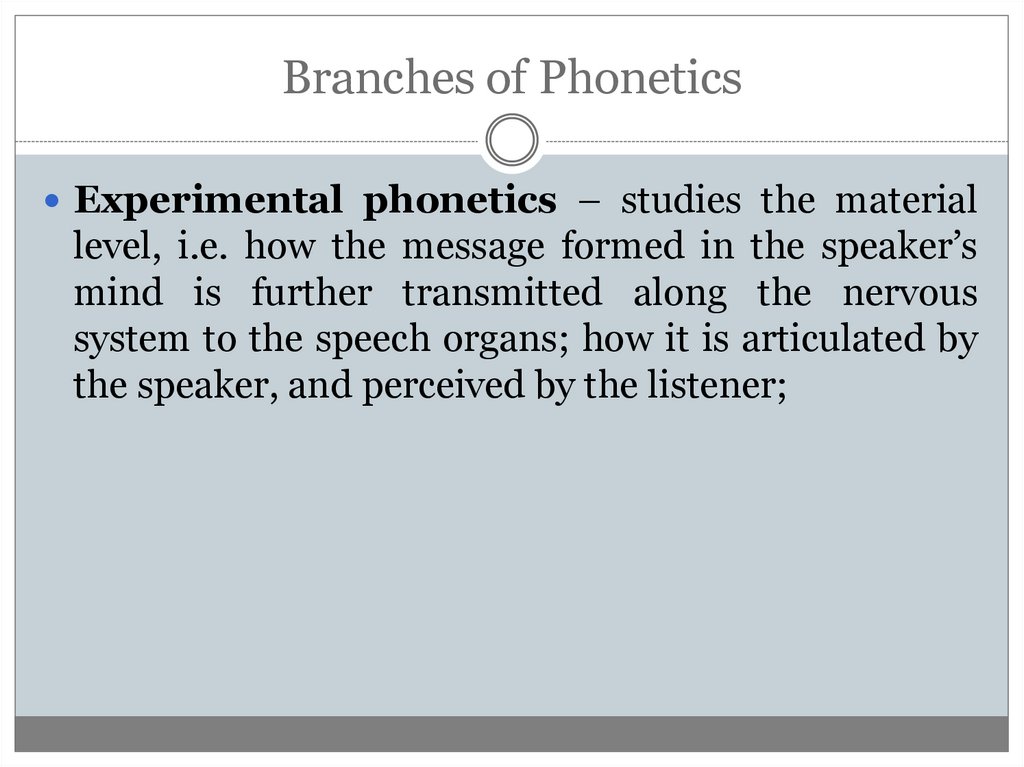
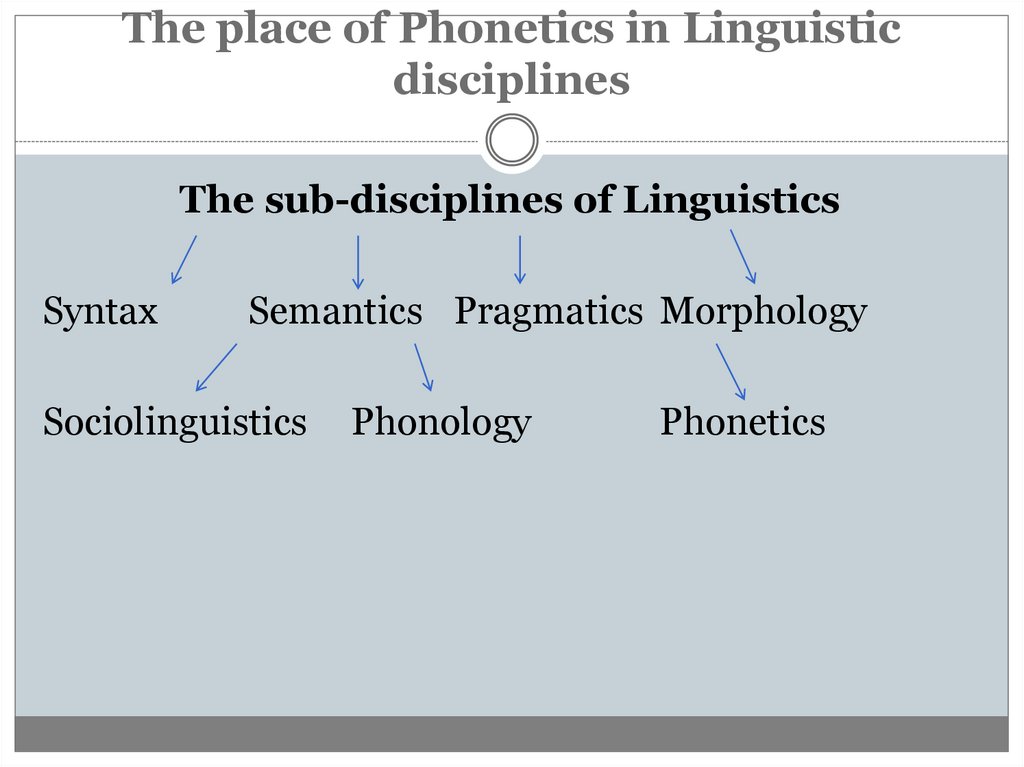
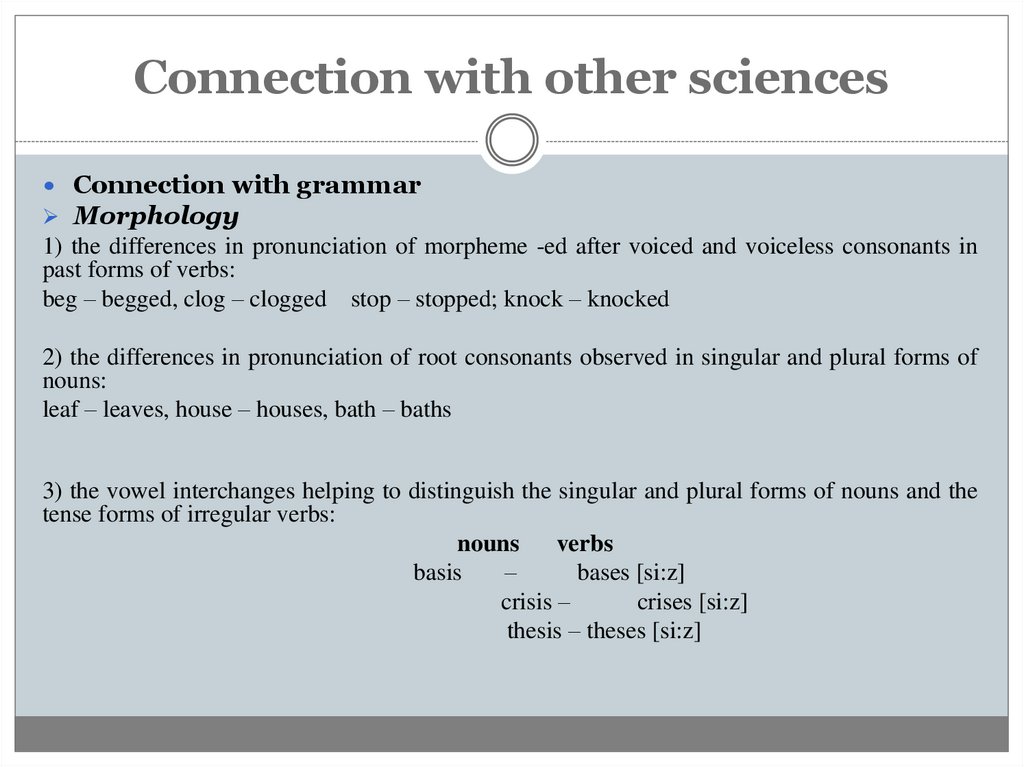
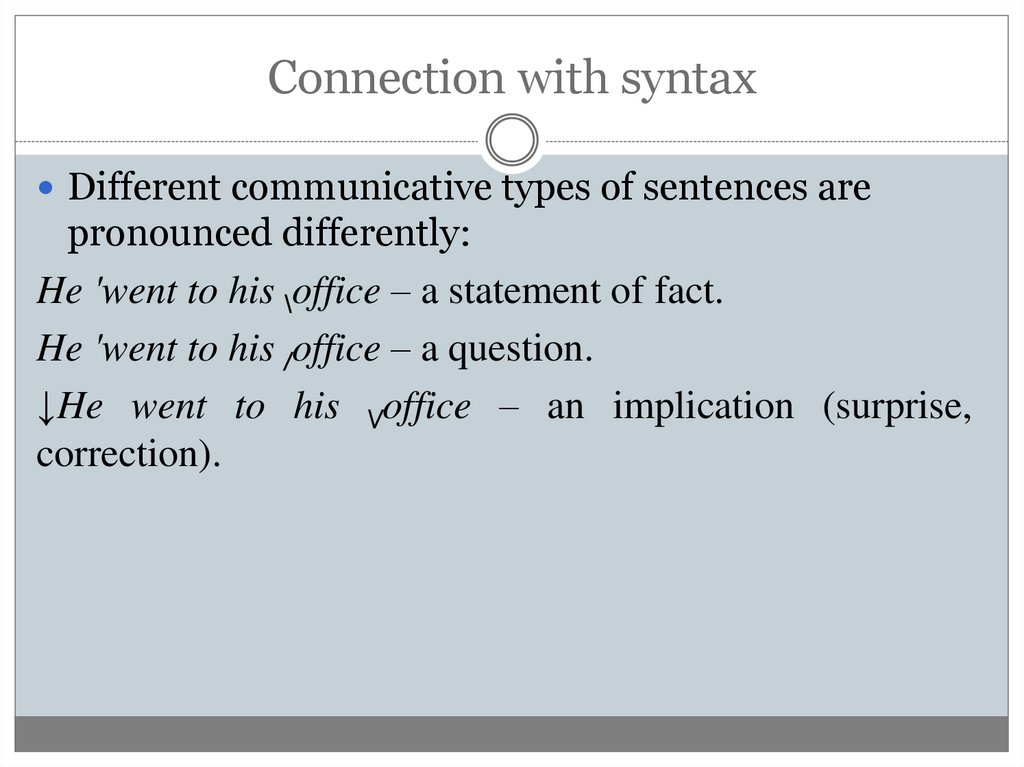
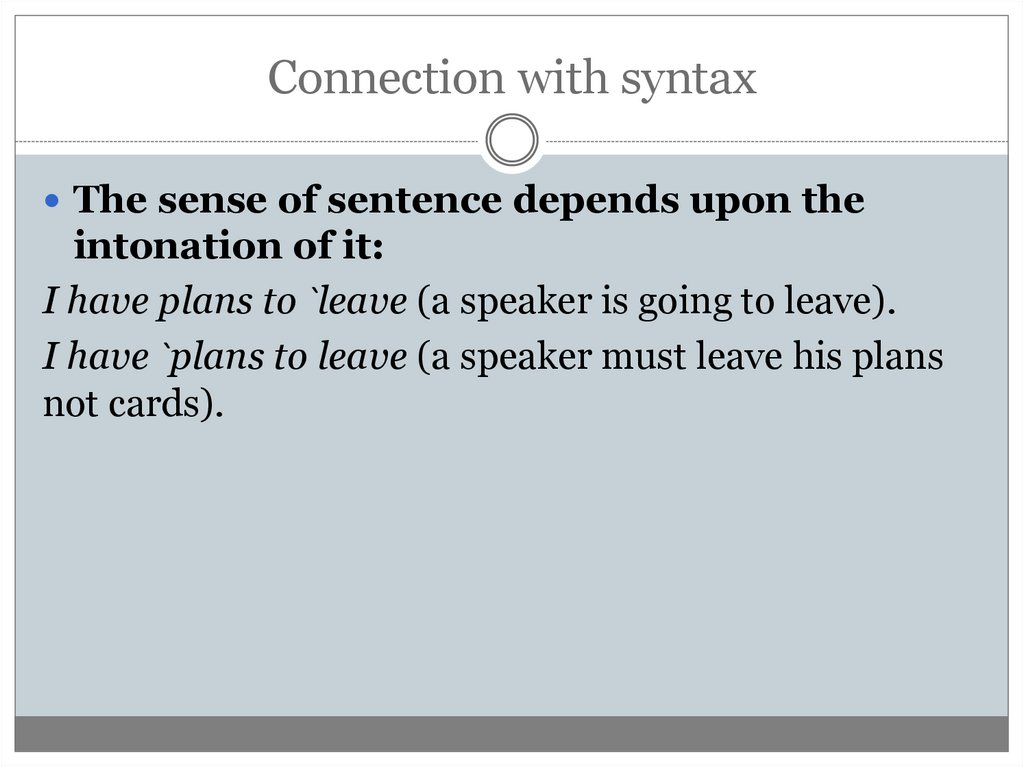
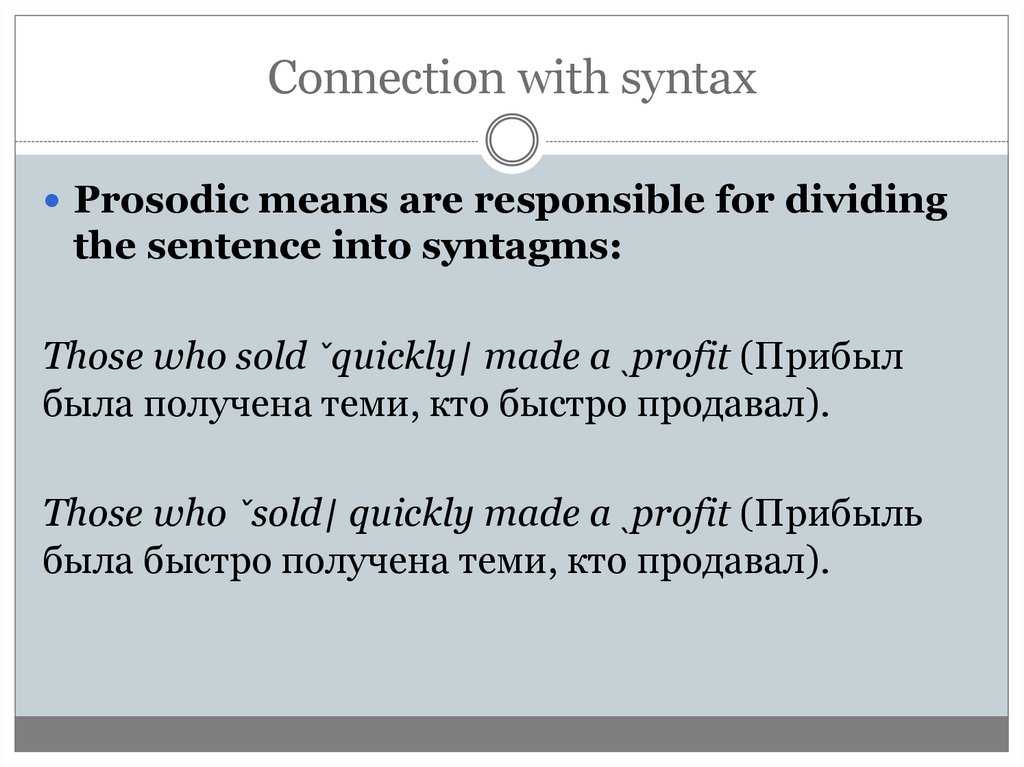
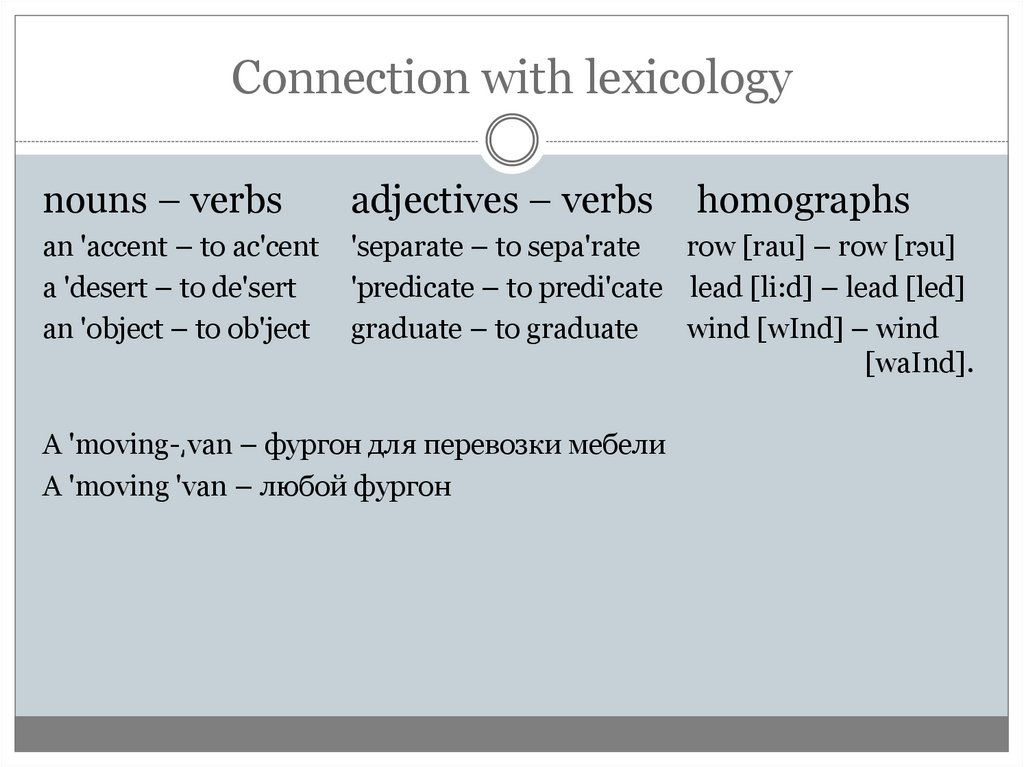
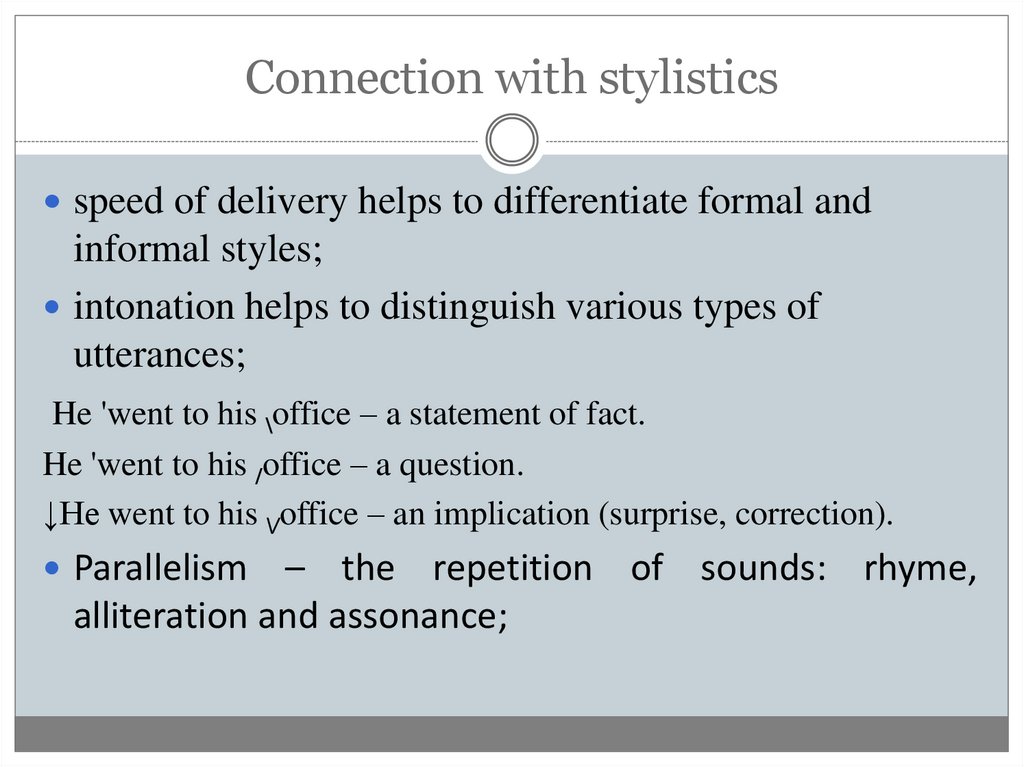
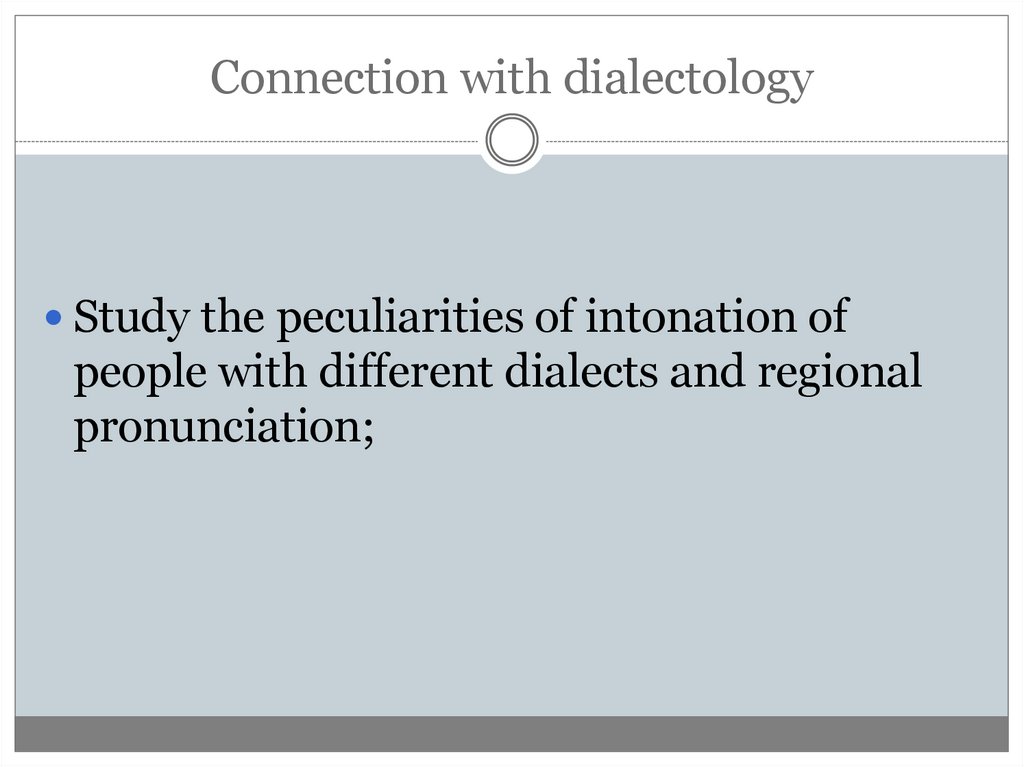
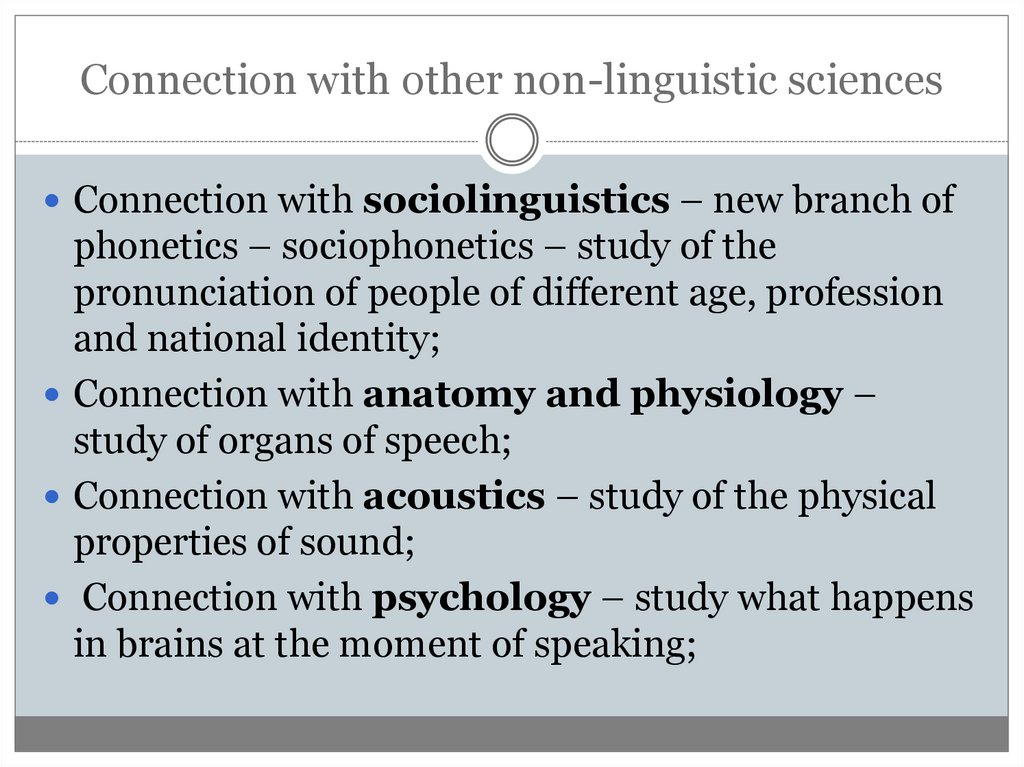
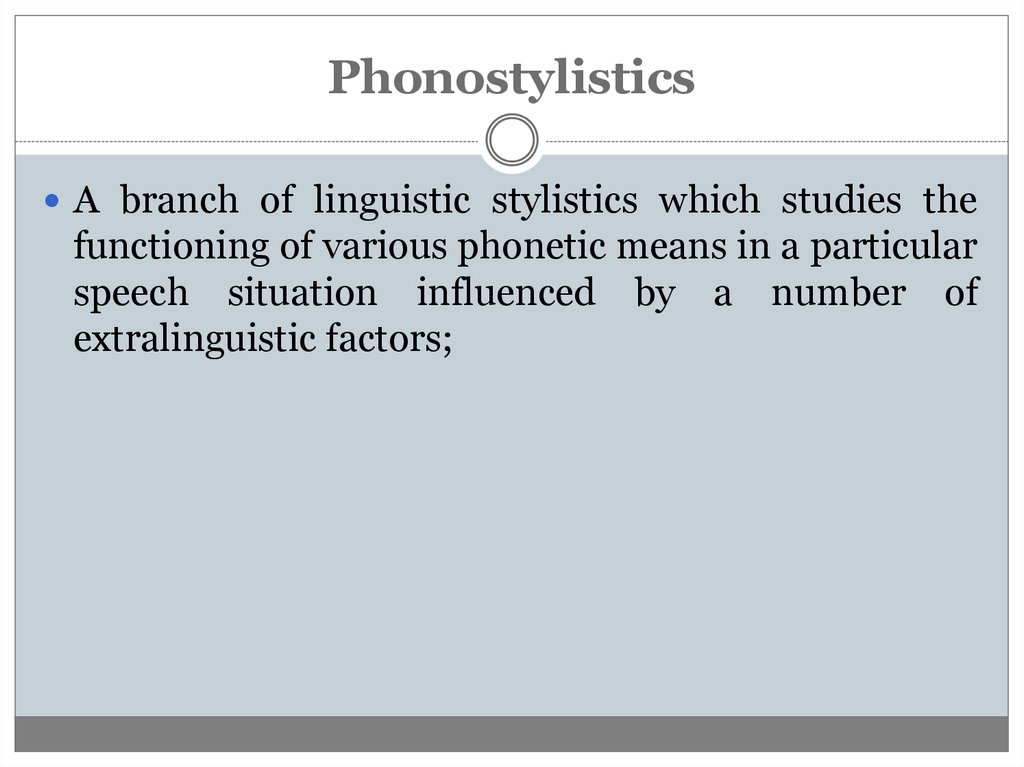

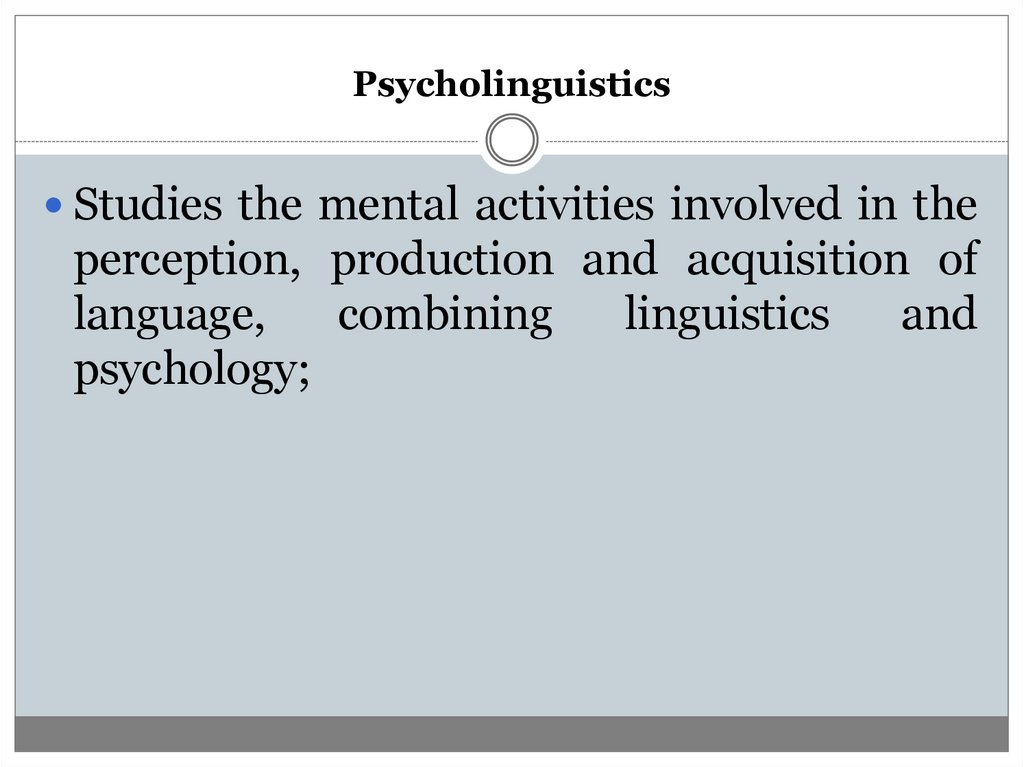
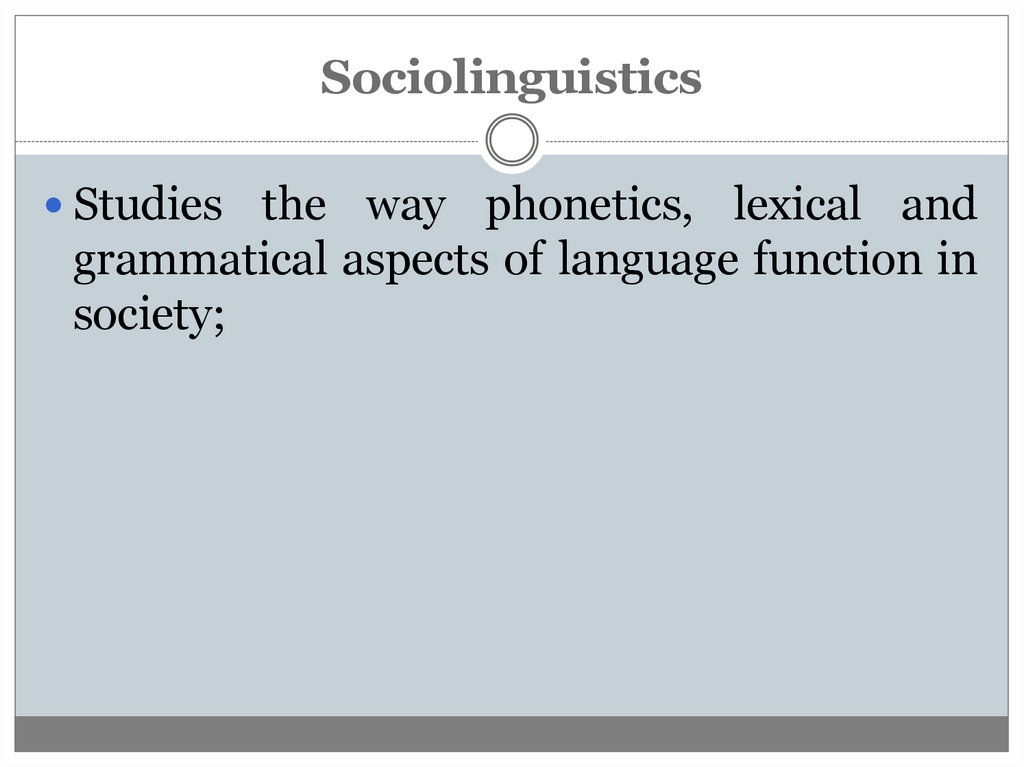
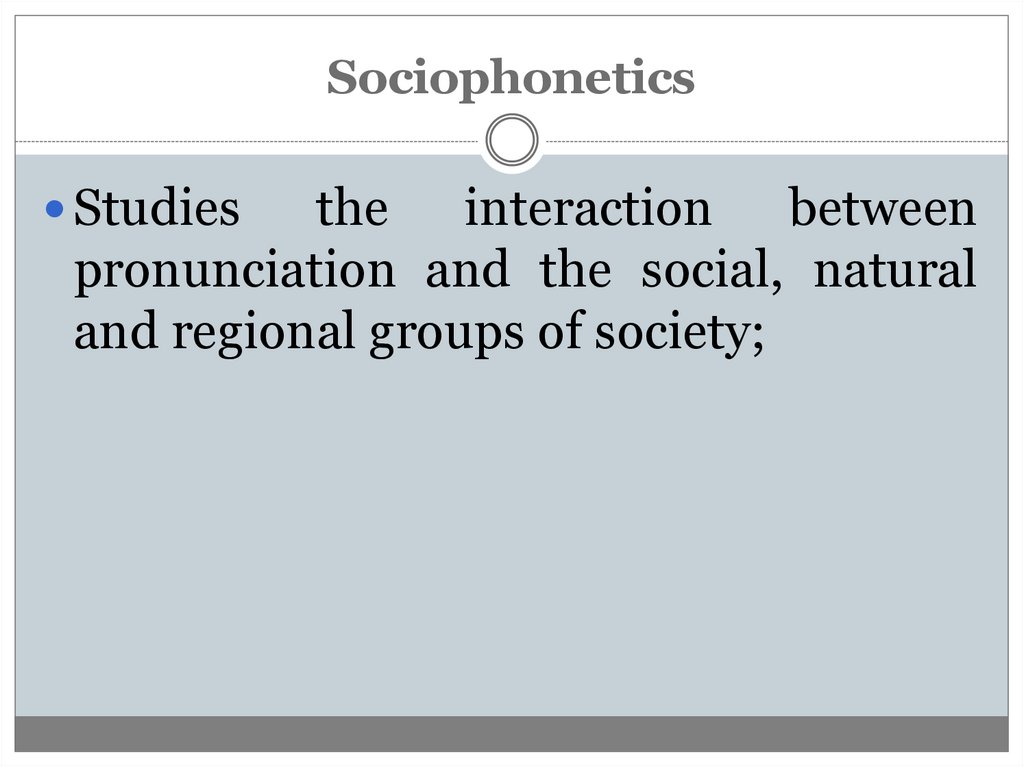
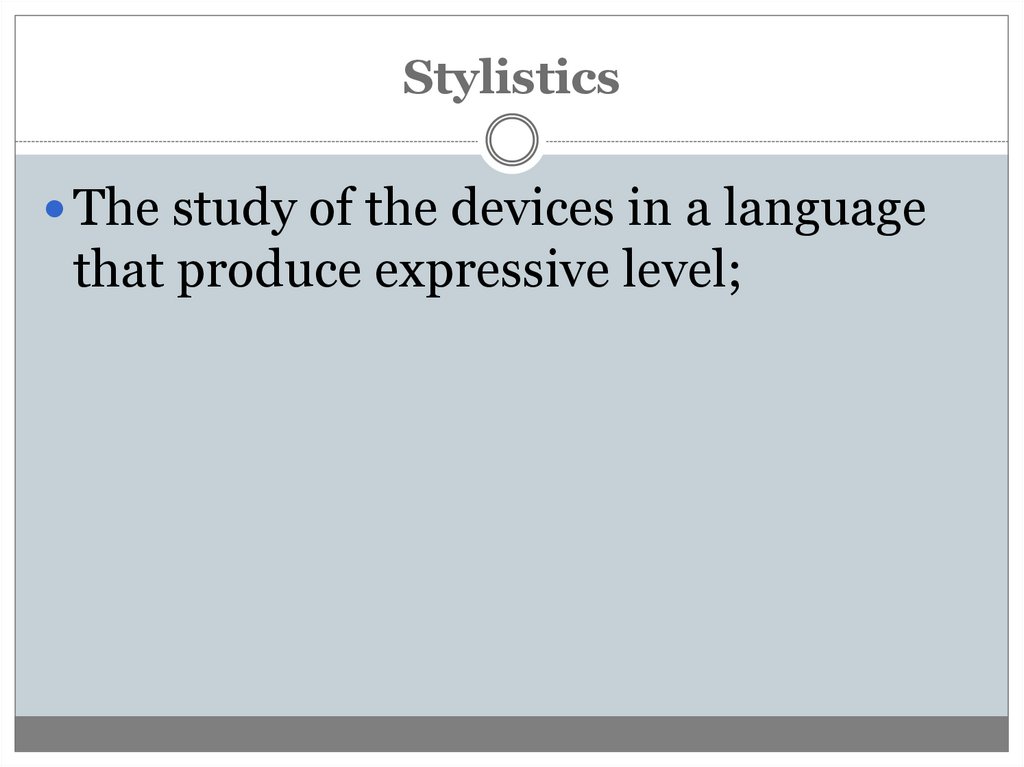


 english
english








